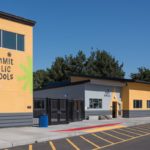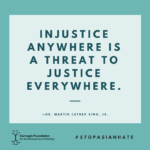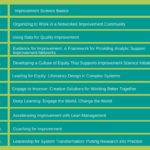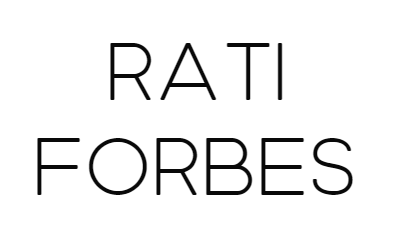How we are working together
The Carnegie Foundation awarded Gooru a marketing grant to increase awareness of open education resources for the Next Generation Science Standards among teachers, parents, and students.
What they do
The Carnegie Foundation for the Advancement of Teaching aims to build a field around the use of improvement science and networked improvement communities to solve longstanding inequities in educational outcomes. The foundation addresses problems that impact large numbers of students, tests innovations on the ground; understands what works, why it works, and in what contexts; and shares what it learns for use by others. In so doing, Carnegie integrates the discipline of improvement science and the use of structured improvement networks to build the education field’s capacity to improve.
Initiators
We hone in on “high leverage problems” – those that affect large numbers of students.
Recognizing the grave consequences for both individual opportunity and the nation’s social and economic well being, Carnegie has engaged networks of faculty members, researchers, designers, students, and content experts in the creation of two new pathways, one in statistics and the other in quantitative reasoning.
Innovators
We test innovations on the ground. Once we understand what works and why and in what contexts, we communicate that information to enable others to make change happen in classrooms.
Networked improvement communities (NICs) are scientific learning communities distinguished by four essential characteristics. They are:
- focused on a well specified common aim;
- guided by a deep understanding of the problem and the system that produces it, and a shared theory of how to improve it;
- disciplined by the rigor of improvement research; and
- coordinated to accelerate the development, testing, and refinement of interventions and their rapid diffusion out into the field, as well as their effective integration into varied educational contexts.
These characteristics create conditions under which organizations can learn from their own practices and benefit from innovations from both within and outside of their organization to systematically address high-leverage problems.
Integrators
With our collaborators, we learn from each other, improve on what we know works and continuously create new knowledge. We take what we learn and make it usable by others.
When we ask for a commitment from our network members to accept a new pedagogy, new tools, a new work process, and a new knowledge collection sharing mechanism, we are cultivating a living system of improvers, innovators, and collaborators.

“Together with pioneering school districts and over 65 collaborators from around the world, we have built a GPS for learning. Now we are on a mission to get it into the hands of all 7 billion learners on earth!”
Prasad Ram – CEO of Gooru









